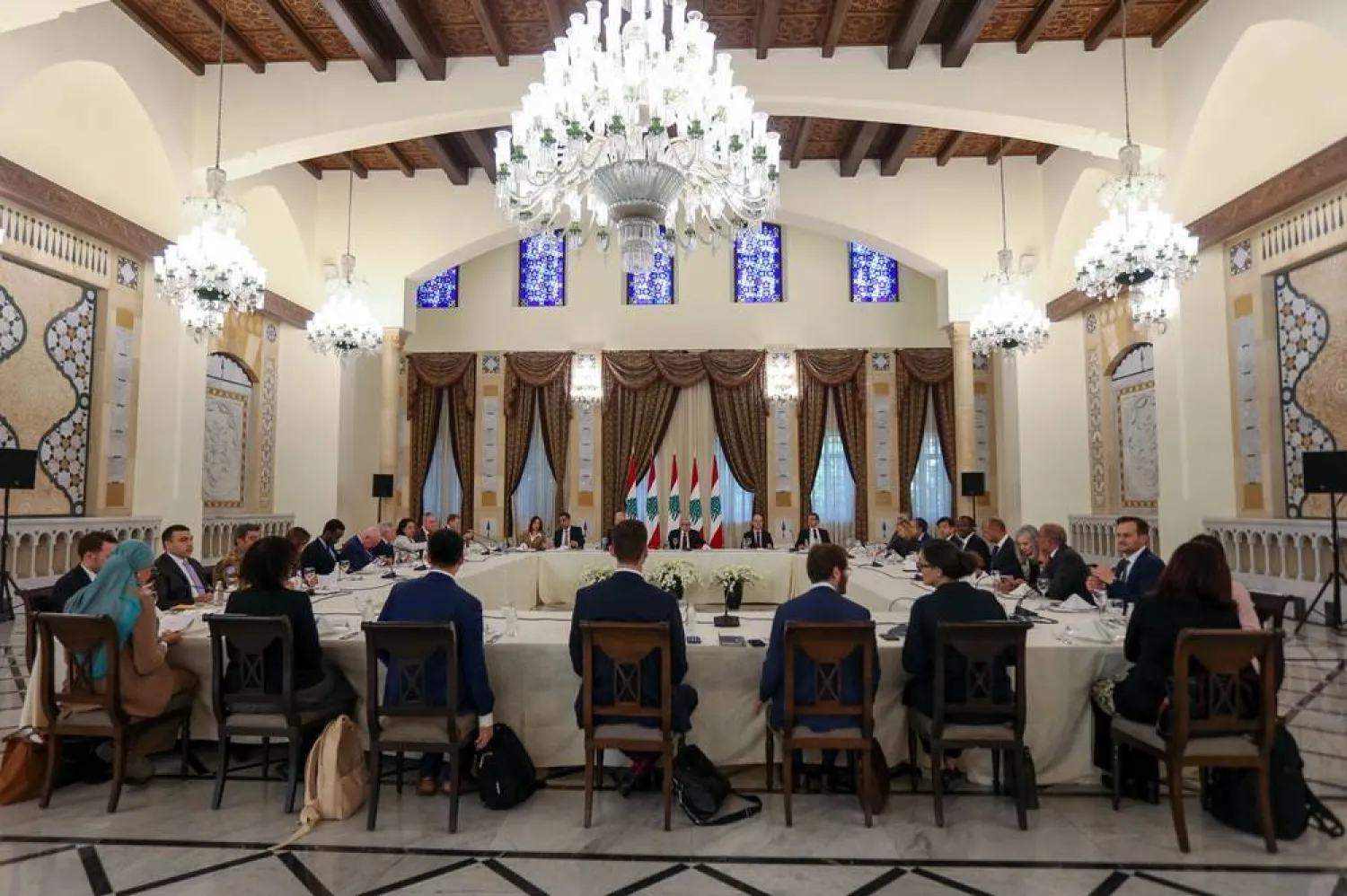At least 1,500 to 2,000 Wagner Group mercenaries are still in Libya after dozens were transferred to fight in Ukraine, multiple sources told Italy's Nova news agency.
A UN team of experts reported that about 2,000 fighters remained in Libya with Pantsir S-1 anti-aircraft defense systems, MiG-29 fighters, and Su-24 tactical bombers.
The Financial Times cited Western and Libyan officials saying last month that 5,000 mercenaries remain in Libya on behalf of Moscow after several were withdrawn following the war in Ukraine, the Russian invasion of Ukraine.
Many Libyans complain that the "mercenaries" and foreign forces did not leave their country, despite the steps taken by the Joint Military Committee (5 + 5) under the Geneva Agreement signed in October 2020.
Libyan politicians believe tensions prompted the conflicting parties to keep foreign forces and "mercenaries" on the fronts, which reduced the demand for these elements to leave the country.
Conflicting reports about the number of "mercenaries," whether they are affiliated with "Wagner" or pro-Turkish elements, claim about 20,000 fighters are in Libya.
Libyan affairs researcher Jalal Harchaoui said that Russia took control of four major military bases in Libya before February 24 and still controls them to date.
Harchaoui noted that there was no significant withdrawal of Russian personnel from Libya in the wake of the war in Ukraine, but only modest adjustments.
In a recent press interview, Russian Foreign Minister Sergei Lavrov revealed that the authorities invited the Wagner Group to Tobruk on a "commercial basis."
It is believed that the Russian "mercenaries" entered Libya when the Libyan National Army (LNA), led by Field Marshal Khalifa Haftar, waged war on Tripoli in April 2019.
However, Libya's Prime Minister-designate Fathi Bashagha said in an article in The Times that "since 2014, thousands of mercenaries from Wagner, a private military group close to Vladimir Putin, have been in my country."
Meanwhile, the Brigade 444 of the Defense Ministry arrested a man it believes is involved in the killing and kidnapping of several victims in the mass graves in Tarhuna.
The brigade disclosed that members of its forces arrested Hatem Ali Mohammed, involved with the notorious Kaniyat militia in cases of murder and kidnapping.
Mass graves suspected to hold hundreds of bodies began to unfold after the Kaniyat militia - also known as the 9th brigade of Haftar's forces.
During the past months, the brigade announced the arrest of several suspects accused of killing, kidnapping, banditry, human trafficking, and fuel smuggling.
Earlier, the Special Advisor to the Secretary-General on Libya (SASG), Stephanie Williams, visited Tarhuna accompanied by officials from the Public Prosecution Committee and the Criminal Investigations Department.
Williams said that the UN and international justice mechanisms had made significant efforts to investigate violations in Libya, including the mass graves in Tarhuna, adding that the UN will support the pursuit of justice, accountability, and an end to impunity so that the perpetrators do not go unpunished.









